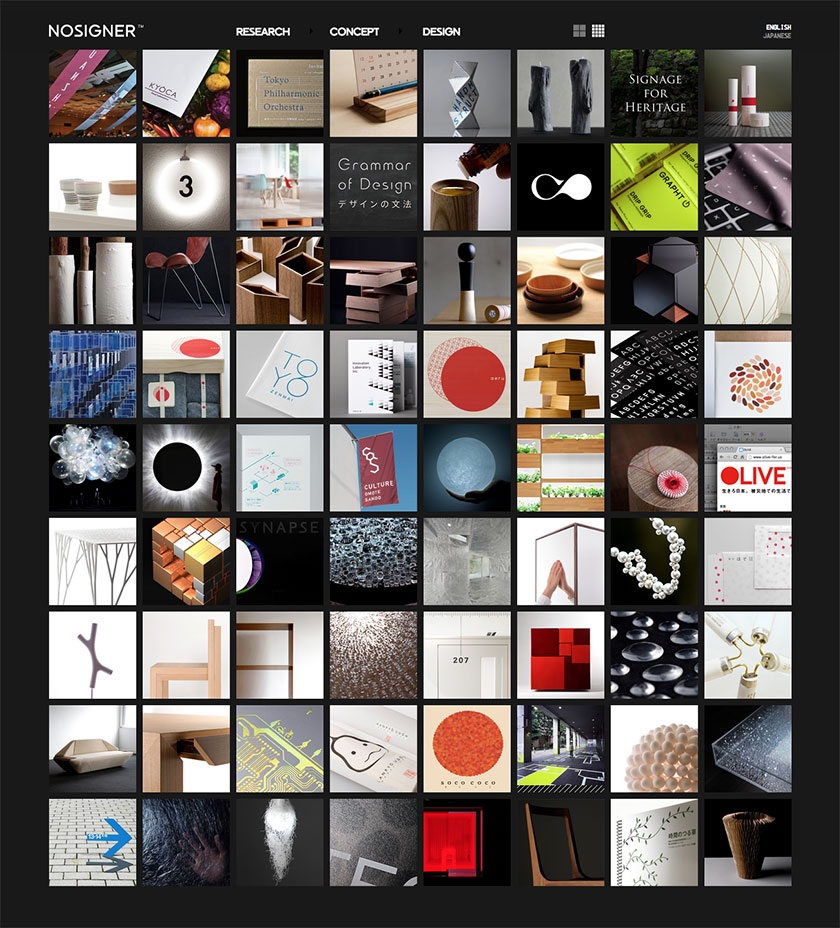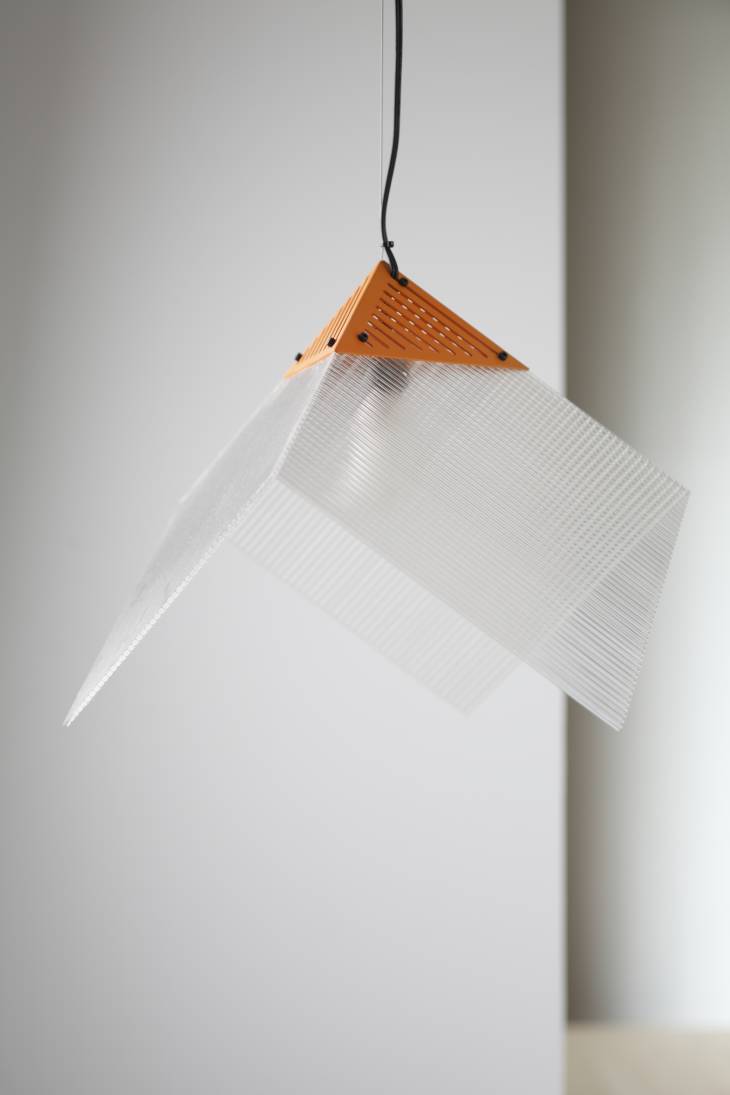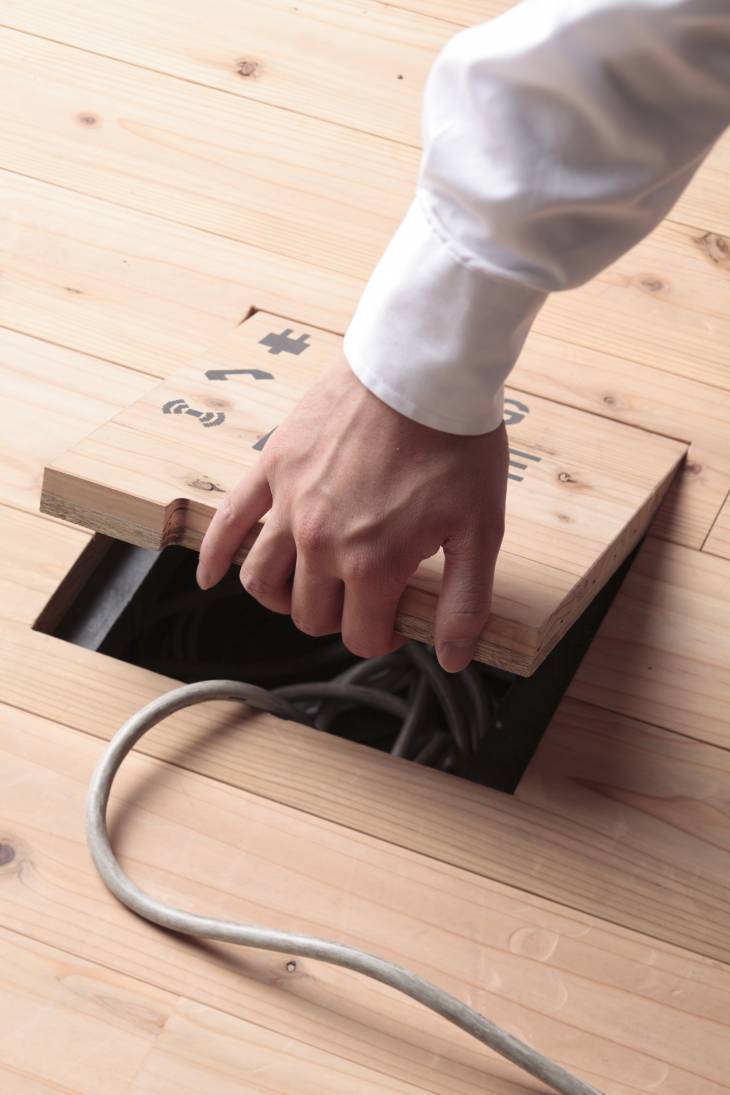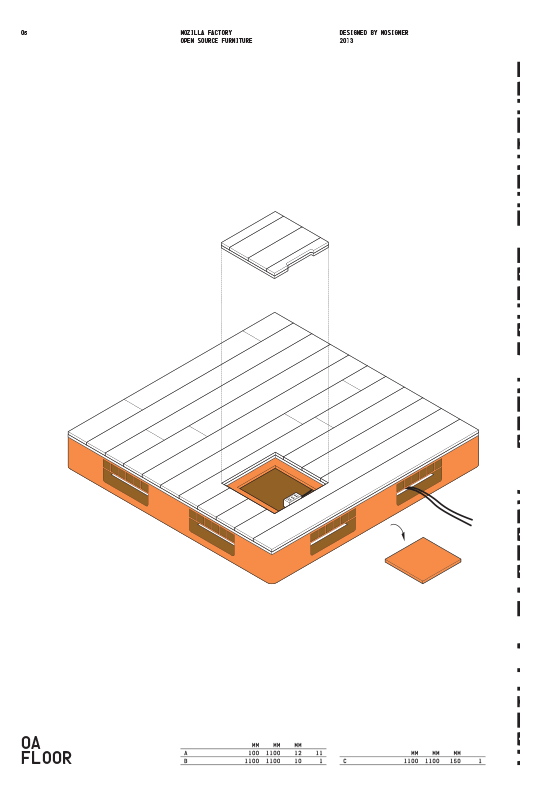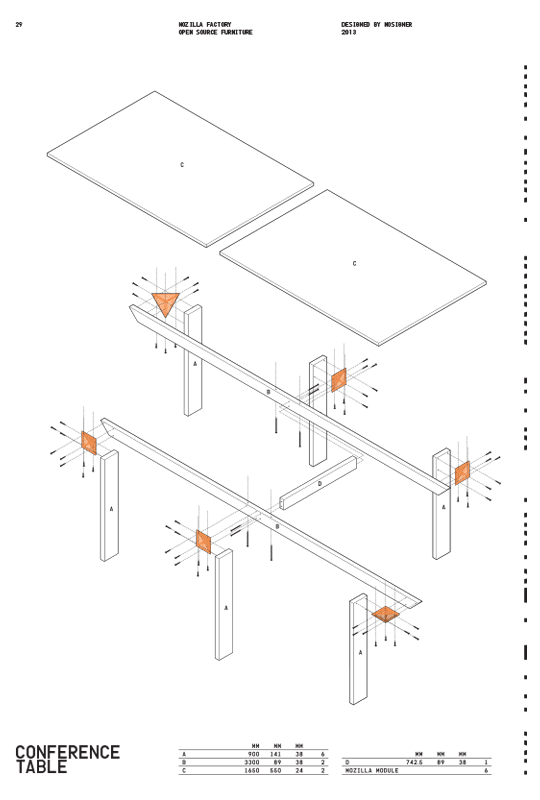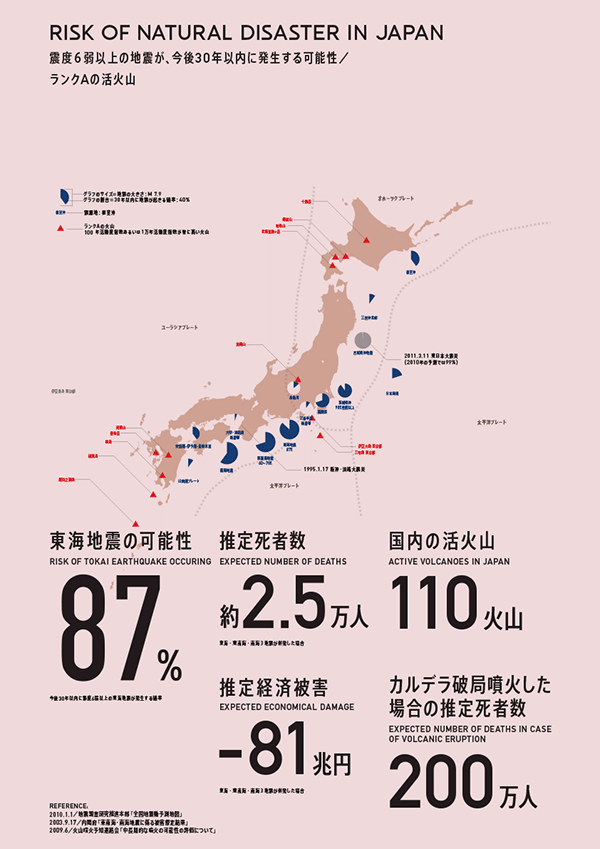Introduction

Eisuke Tachikawa is a bright, young designer who leads the multidisciplinary design firm NOSIGNER. Taking their cue from the idea of designing the intangible, rather than the tangible, the creatives at NOSIGNER reach beyond typical design disciplines. Their holistic approach emphasizes themes like social innovation, open-source design and the rethinking of relationships between people and object. And their portfolio is as diverse as one might expect: signage and branding campaigns for major cultural institutions to product design and art installations.
Beginnings
About 10 years ago when I was doing graduate studies in architecture, I came to realize that architecture wasn’t enough to solve some social issues dealing with community revitalization. I became infatuated with the inherent power of designing shapes and how it can trigger “new relationships.” So I taught myself product and graphics design. That was my start.
Changing ideas
In order to answer the “why” question I’ve spent almost 10 years pursuing design with social considerations. I feel that design has finally come to a point where its social significance is valued and respected. Taking advantage of this current situation, I am looking for ways to launch projects that will bring socially dynamic impacts.
Japan
Japanese aesthetics is about ideological concepts such as symbolic “simplicity” as seen in Rinpa paintings, “diversity” embodied in a polytheistic world, “transitional” aesthetics that identifies beauty within marginal and fleeting space, and “sustainability” captured in modulation and usage of minimal materials in Japanese architecture and kimonos. These ideologies are deeply rooted in Japanese design.

Discovery
In Buddhism, there’s a teaching: possess a desire so great that it overcomes individual desire. I realized that, as a designer, one responsibility is to “expand on questions”. As specialization progresses and markets embrace designers, people often make mistakes by thinking that a designer’s job is to only deliver commissioned work. At the beginning of the project, nobody knows the best solution, including the client. In order to achieve the best possible concept, I try to “expand on questions” by communicating with clients.
When working on the office design for Mozilla Japan, the client’s need was “quick and low-cost relocation.” I responded by proposing “because Mozilla is the biggest open source community, why not create an office that is open, provide design for free and help accelerate the open culture?” which became the basis for the plan. I got a great response and really felt the importance of expanding on these questions.
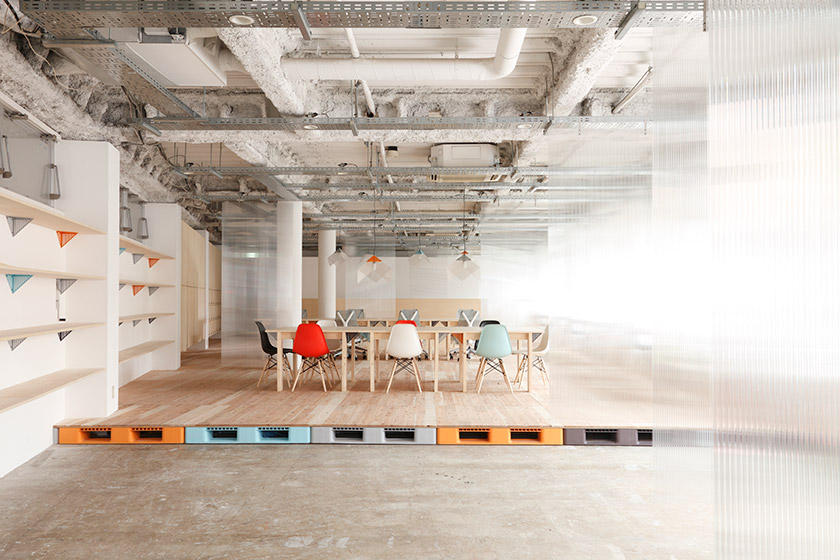
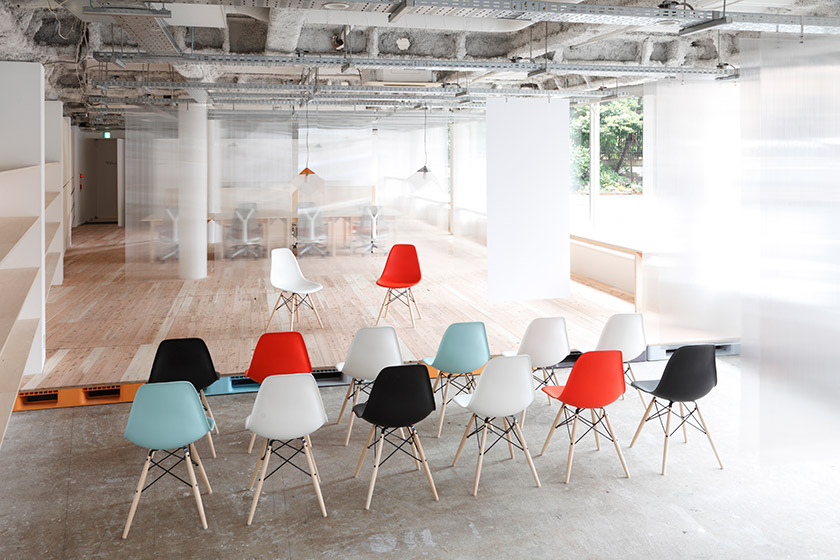
We designed Mozilla Japan’s new office ground floor, Mozilla Factory Space, based on the idea of Open Source. Mozilla Japan is part of the Mozilla Foundation, which has promoted the idea of open source and open source software.
“Open Source” is a movement to open the source code of software. It enables everyone to use that software and participate in its improvement. This movement has made it possible to continually develop high-quality software on a budget.
This office is constructed by using common products such as corner modules or plastic pallets, exploring the concept of “Open Source Furniture.” Because general products are used and all drawings are uploaded to the web, it is possible for anyone to make this functional office furniture inexpensively.
See below a few sample pages from the Nosigners Open Source Furniture manual which you can download from his project website.
Influence
I’m now interested in collaborative work among early-20th century social scientists and designers.
As Otto Neurath, who laid the foundation for modern infographics, collaborated with graphics designers and architects to create social movements, I feel that there are more needs today for designers as social activists. Designers themselves should go back to basics, embody a spirit of design entrepreneurship.
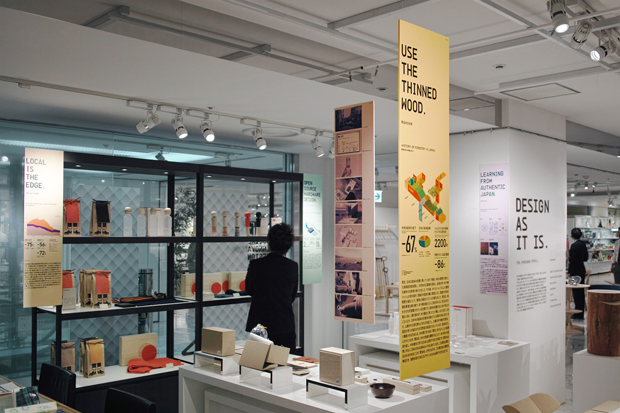

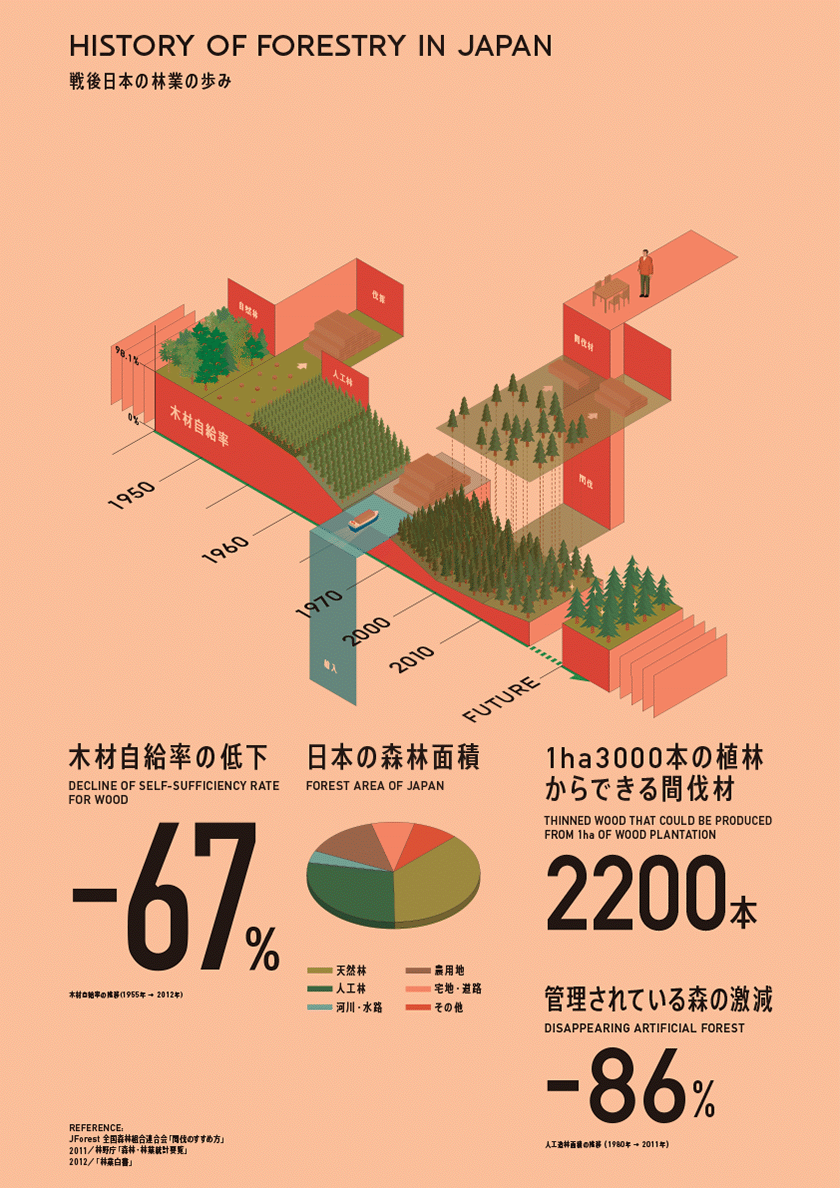
Social Innovation Design – A recent exhibition by Nosigner at Shinjuku Isetan department store focusing on product and branding design. It also features many infographics which visualise how the traditional craft industry has been struggling, and how design can be used to revive it.
Your Tools
I use a Mac, with various software from Adobe to 3D. I’m satisfied with my current tools, but it would be great if ‘awareness’ and ‘design’ are successively integrated. For example, when I draw a building plan, I could virtually walk throughout the space. It would be interesting to see such combination of interactive space experience and design tools.
Three steps
- Ask the right questions
Initial step is about coming up with the right questions, so the project becomes worthy of pursuing. As percentage of disaster rises, we have a lot to learn from the worst Japan earthquake in 2011. That is why I decided to create an emergency kit together with people from Tohoku. - Repeatedly create prototypes until you find the concept
What design is appropriate for an emergency kit? I made numerous prototypes with design that would intuitively bring a sense of “safety,” “cleanliness” and “trust.” The final design incorporates style of Swiss typography that represents red cross and letters placed on grid system. - Polish until beauty is achieved
There is a phase that focuses on carefully refining design until beauty is achieved. It’s about carefully connecting impression and meaning. If you don’t pay attention to this step, the project will fail.
Misunderstandings
People think I’m not an expert. Therefore, they think that I can’t create quality. In a way, we intentionally deny specialization, but this is because we believe in innovation rising from synergy among various domains. I continue to train myself as typographer, graphic designer, product designer, architect, and strategist, and the team consists of top-level experts, so I wish that people would understand our capability of creating something great.
A Difficult Work
I worked independently and anonymously as Nosigner for 4 years, up to March 11, 2011. I started my work, caring about how design values create relationships, and not about who designed it. I realised later that working anonymously forced others to work anonymously as well, so it became more difficult to collaborate. After the earthquake on March 11, 2011, I decided to work with my name in order to collaborate with others. I don’t regret about revealing my name. Looking back, working anonymously was difficult.
Feedback
40 hours after the earthquake on March 11, 2011, I launched a Wiki on OLIVE. Many helpful design ideas were submitted, from how to make temporary toilette to building partitions and creating masks and water filters. More than 100 ideas were available within the first week, and free-paper version was also distributed in the distressed area. By the end of March, there were more than 1million PVs. Because information was also shared among major newspapers and Ministry of Health and Welfare, it’s likely that more than 10 million people received some kind of information. How it reached so many people by those who cared about the victims…it was beautiful, like a prayer.
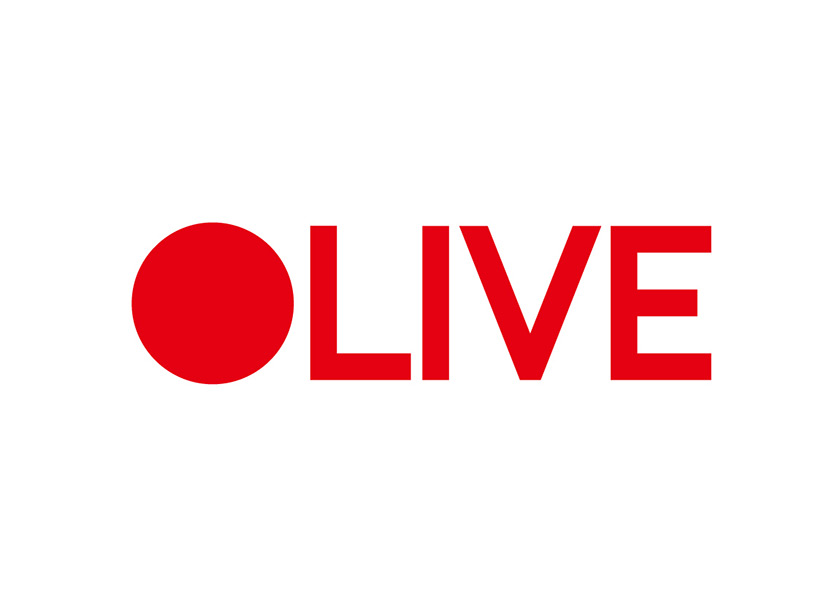
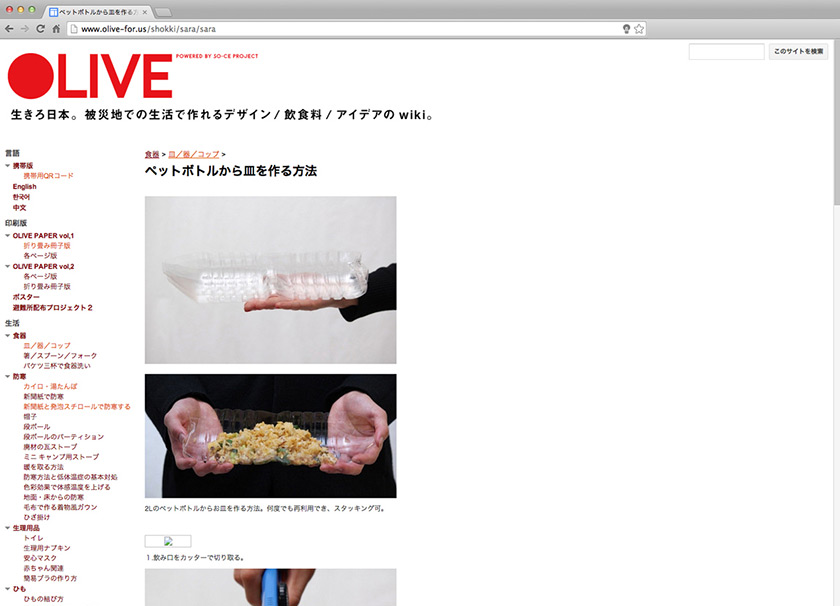
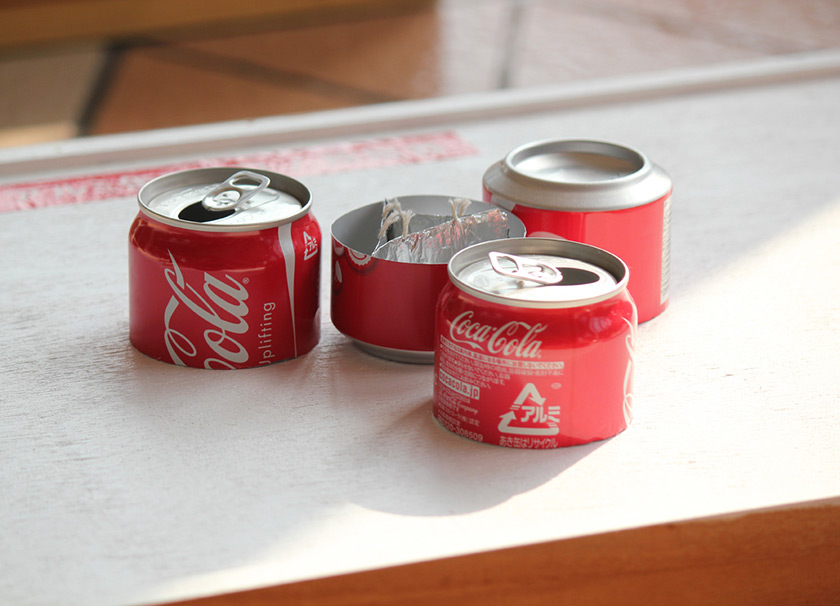
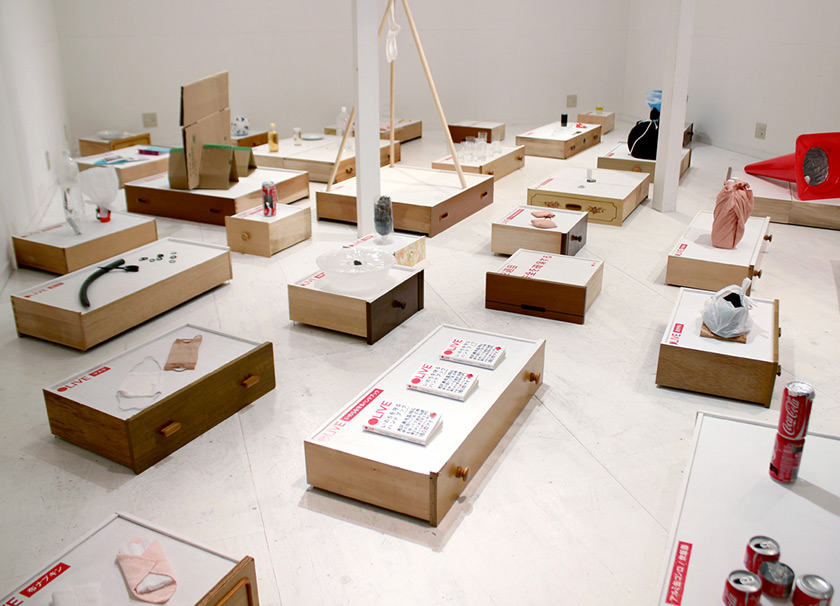
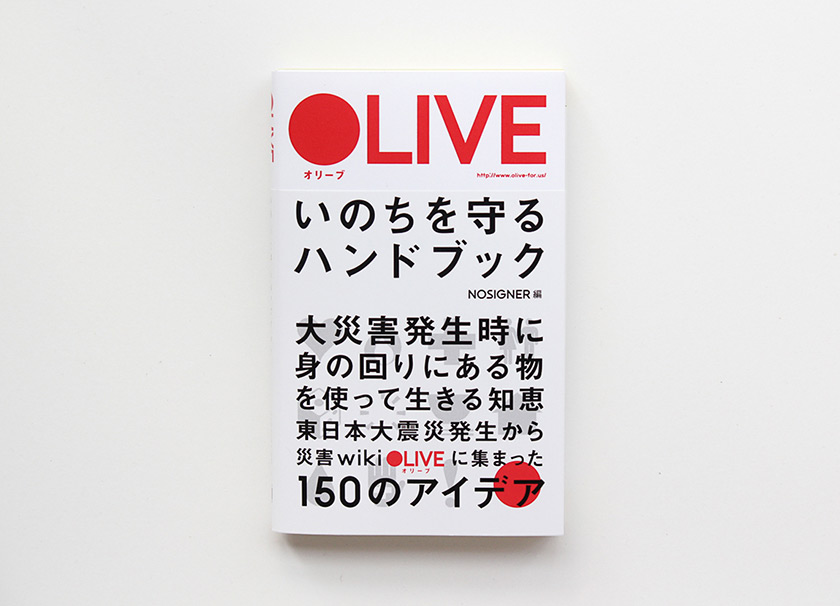
The Second Aid project is sort of a follow-up to the original OLIVE project. Second Aid is basically a first aid kit. It contains life-saving tools and emergency foods, as well as the OLIVE book, which is a collection of DIY tips and how-tos to survive in a disaster. The Second Aid kit is produced by Koushin Shoji and can be bought from Amazon.
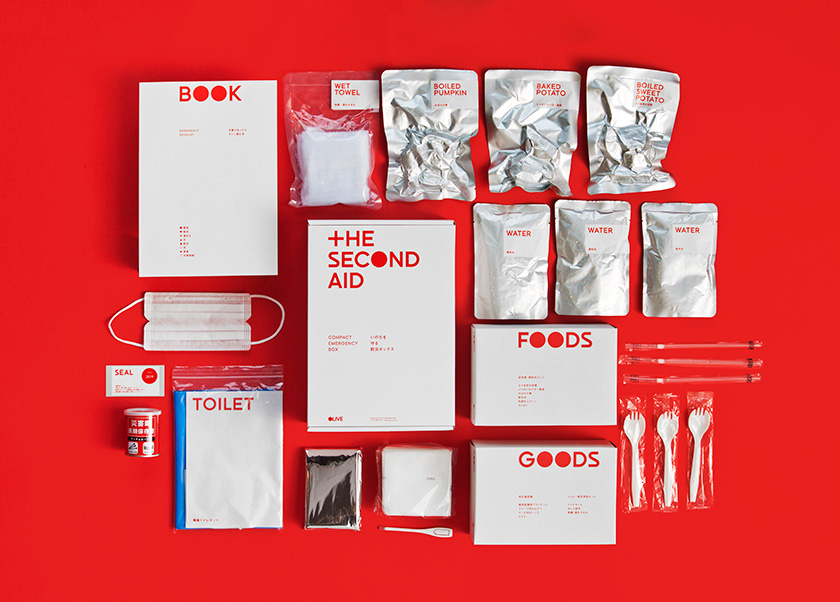
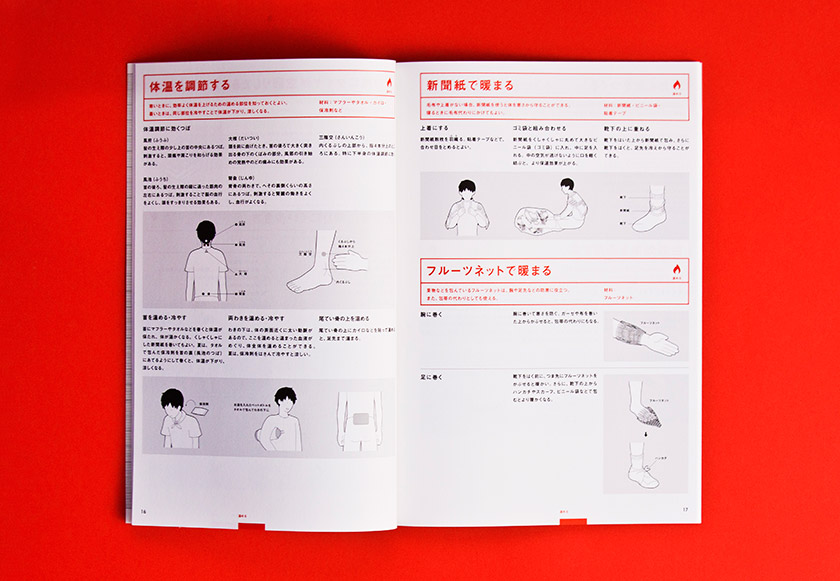
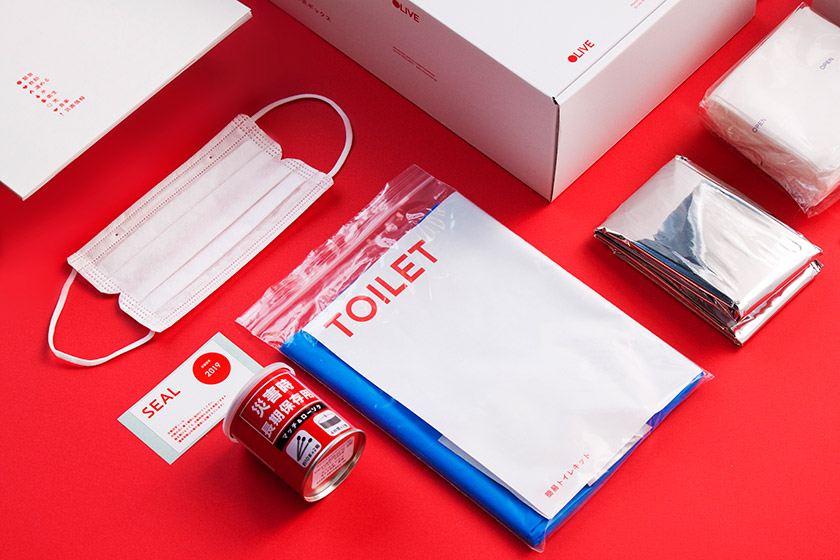

Future
Design will rapidly integrate with social considerations. Relationships between market and design will continue to build, but more design projects will go beyond. As Victor Papanek said in ‘Design for the Real World’, design is not about creating variations for the market, and I hope that people’s genuine need for design with essential values will continue to rise.
Thanks
A big arigato-gozaimasu to Eisuku Tachikawa for the insightful interview!
You can find out more about Nosigners many beautiful and thoughtful projects on their website: http://nosigner.com
